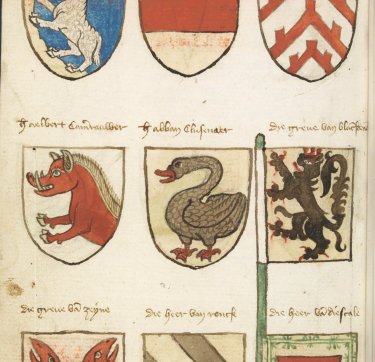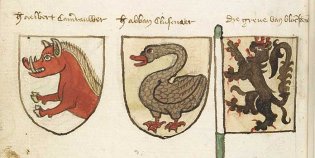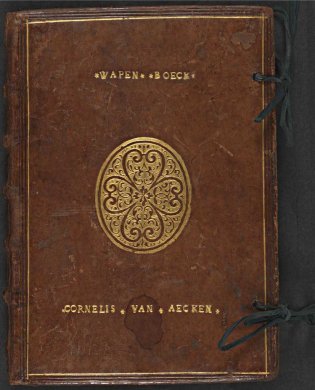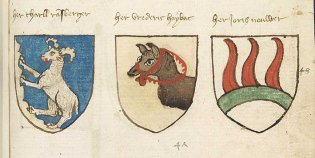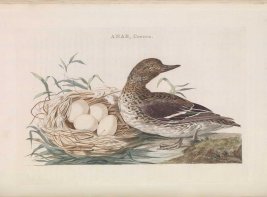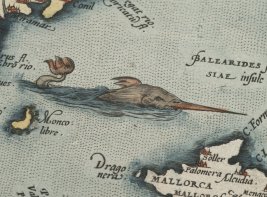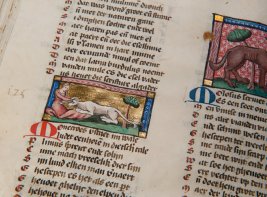Armorial Beyeren
The Armorial Beyeren contains no fewer than 1096 drawings of coats of arms of medieval knights. The book was compiled by herald Claes Heynenzoon. Around 1400, he was one of the most important diplomats in the service of the Count of Holland, Albrecht of Bavaria.
Knights and heralds in the Middle Ages
In the Middle Ages, knights were almost unrecognizable because of their helmet and armor, both at tournaments and on the battlefield. They could distinguish themselves with a coat of arms. In addition, the weapons were used to indicate to which lord a knight belonged.
Heralds administered the coats of arms and introduced the knights to tournaments. Knowledge of the international network of knights was therefore part of their task. Claes Heynenzoon (ca. 1345-1414) was the most important herald of Holland around 1400. He wrote down his knowledge of international knighthood in the Armorial Beyeren.
5 series of coats of arms in the Armorial Beyeren
There are 5 series of coats of arms in the Armorial Beyeren:
- 337 participants in a tournament in Compiègne in February 1238 (possibly written down incorrectly instead of 1278)
- 191 participants in a tournament in Mons in 1310
- 191 participants in a tournament in Mons in 1310
- 122 participants in the siege of Gorinchem in 1402
- 14 series of 'Three Bests' (three best Jannen, Willemen, Adolfen, Dirken, etc.)
Claes Heynenzoon himself compiled the collection of weapons of the participants in the siege of Gorinchem. He derived the information for the other series from other sources.
More work by Claes Heynenzoon
Before Claes Heynenzoon entered the service of the Count of Holland, he worked for the Duke of Gelre. During that time he created the Gelre Weapon Book. This book is now in KB Brussels.
Even more material from Claes Heynenzoon has been preserved. For example, the KB keeps a collective manuscript of his with chronicle fragments and a historiographical draft book.
How to browse the Armorial Beyeren online
You can view this masterpiece online. The images can be viewed via Wikimedia Commons. You will find this masterpiece in the KB catalogue under request number KW 79 K 21.
